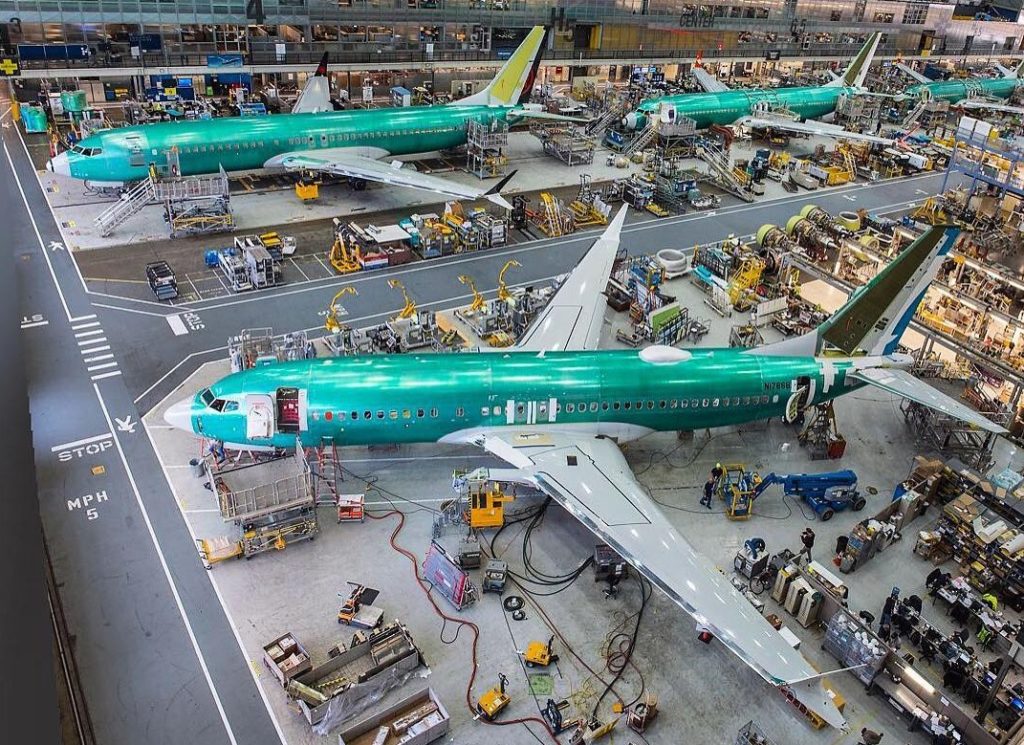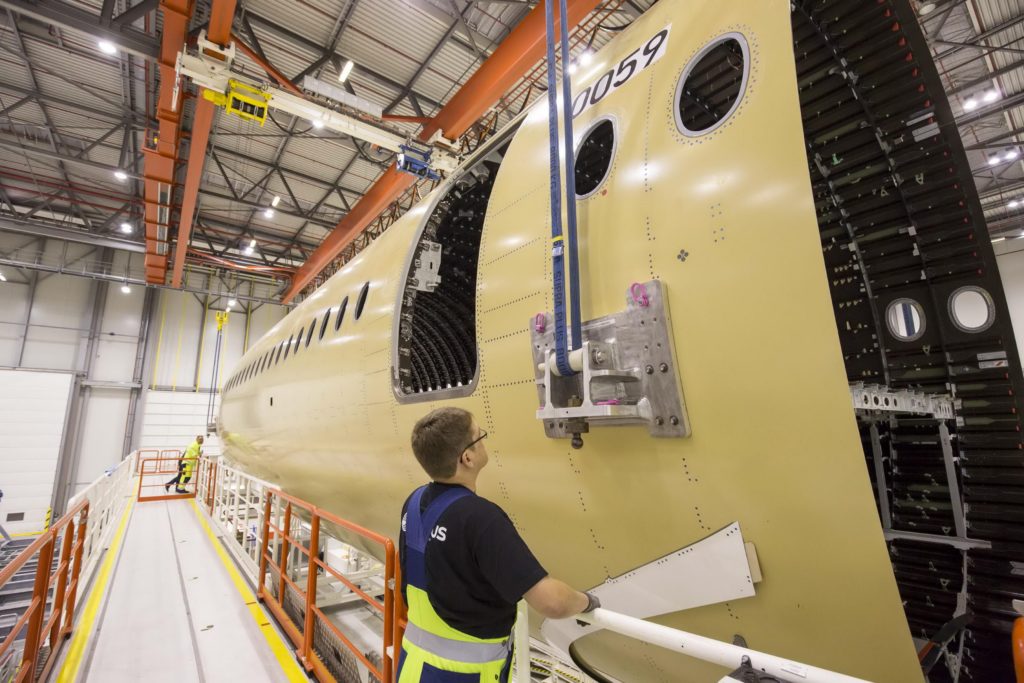Estimated reading time 6 minutes, 11 seconds.
Airbus and Boeing both released sobering first quarter financial reports on April 29.

The Boeing Company reported first-quarter revenues of US$16.9 billion, down 26 per cent from US$22.9 billion in the same period last year. Its operating cash flow reserves are in the red at (US$4.3) billion — compared to US$2.7 billion in Q1 2019 — resulting from the combined one-two punch of the 737 Max grounding and COVID-19.
The Chicago-based manufacturer said that as the pandemic has raged on, airlines have delayed new jet purchases, slowed delivery schedules and deferred elective maintenance procedures in an effort to conserve their own cash reserves.
“The COVID-19 pandemic is affecting every aspect of our business, including airline customer demand, production continuity and supply chain stability,” said Boeing president and CEO David Calhoun. “Our primary focus is the health and safety of our people and communities while we take tough but necessary action to navigate this unprecedented health crisis and adapt for a changed marketplace.”
In response to the markedly reduced demand, Boeing is slowing its production rates, streamlining its leadership team and reducing staffing levels through voluntary layoffs. CEO and chairman pay have been eliminated for the year.

Boeing plans to resume low-rate 737 Max production later in 2020 as the return to service timeline becomes clearer, gradually increasing to 31 per month during 2021. In total, it’s now estimated that the temporary suspension of the 737 Max has cost Boeing approximately US$5 billion in abnormal production costs.
The 787 Dreamliner production rate will slow from 14 per month to 10 per month in 2020, and gradually reduce to seven per month by 2022. As well, the 777/777X combined production rate will be reduced to three per month in 2021. Boeing said production rate assumptions have not changed on the 767 and 747 programs.
Liquidity management is also a priority, as the company draws on a term loan facility and works to reduce operating costs and discretionary spending. Research and development and capital expenditures are being deferred or reduced where possible. The OEM said access to additional liquidity will be a critical “bridge to recovery” and it is exploring all options.
“While COVID-19 is adding unprecedented pressure to our business, we remain confident in our long term future,” said Calhoun. “We continue to support our defence customers in their critical national security missions. We are progressing toward the safe return to service of the 737 Max, and we are driving safety, quality and operational excellence into all that we do every day. Air travel has always been resilient, our portfolio of products and technology is well positioned, and we are confident we will emerge from the crisis and thrive again as a leader of our industry.”

Boeing’s archrival, Airbus SE, also reported dismal first quarter numbers on April 29.
CEO Guillaume Faury said the company is now in the midst of “the gravest crisis the aerospace industry has ever known.” He said Airbus has implemented a number of measures to ensure survival. Like Boeing, it is focusing on available liquidity and is adapting its commercial aircraft production rates to better reflect declining customer demand.
The European OEM’s consolidated revenues decreased to € 10.6 billion (versus € 12.5 billion from a year earlier), and it delivered 40 fewer aircraft than in 2019.
In early April, Airbus announced it was cutting production of three core models by a third. The company is now making 40 A320s per month instead of 60; two A330s per month versus six; and six A350s versus the former 10. So far, the A220 final assembly line in Mirabel, Que., is set for a monthly production rate of four aircraft. Faury labelled the A220 as a “competitive advantage” for the post-pandemic future.

Airbus is also reducing its capital expenditures where possible and deferring activities that are not essential to business continuity and customer/regulatory compliance.
“Now we need to work as an industry to restore passenger confidence in air travel as we learn to coexist with this pandemic,” said Faury. “We’re focused on the resilience of our company to ensure business continuity.”








